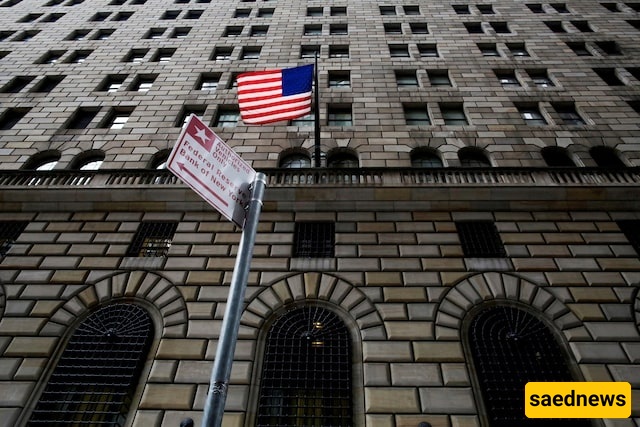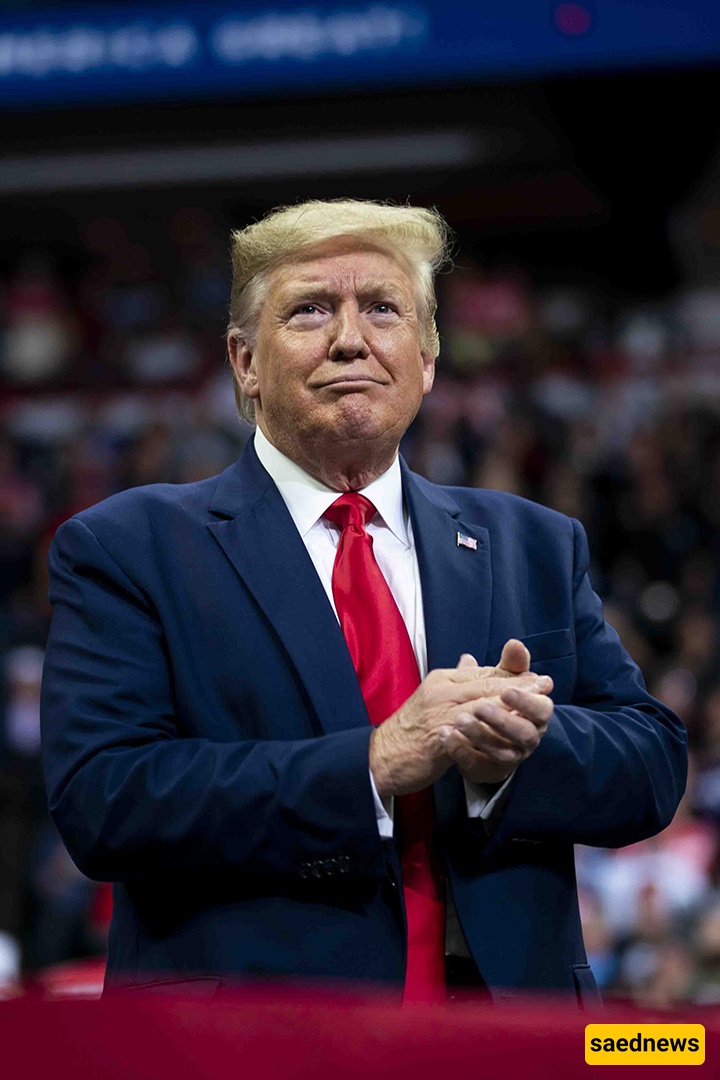SAEDNEWS: The release of fresh labor market data, which triggered a sharp reaction from Donald Trump and claims of “manipulation,” held a different meaning for Federal Reserve officials: a sign of slowing economic growth and a potential reason for cutting interest rates.

According to SaedNews, citing Reuters, the release of the latest U.S. labor market report in the summer of 2025 once again stirred political and economic tensions in the country. Employment data, showing a significant slowdown in job growth, not only became a tool for political criticism but was also considered an important indicator for economic policymakers that the direction of monetary policy might shift toward lowering interest rates.

However, reactions to this data across political and economic spheres were completely different and even contradictory. Donald Trump, former U.S. president, who has consistently portrayed himself as a strong defender of the national economy, quickly called the figures “manipulated” and described them as evidence of the current administration’s inefficiency. Meanwhile, members of the Federal Reserve, responsible for guiding monetary policy, viewed the data from a completely different perspective; they interpreted these numbers not as a result of political or economic interference but as an important signal of easing inflationary pressures and the need for expansionary policy.
In this analytical report, we aim to answer why Trump’s viewpoint is so far removed from the assessment of economic experts, what consequences this divergence could have for the U.S. economy, and ultimately, how this issue could shape the future trajectory of Federal Reserve monetary policy.
After the employment report was released, Donald Trump repeatedly questioned the numbers on social media, claiming that the statistics were “manipulated” and “inaccurate.” He stated:
"Labor market statistics are controlled by those who want to make our economy look bad. These figures are not real."
These remarks come even though the U.S. Bureau of Labor Statistics (BLS) is considered one of the most reliable and widely used sources for labor market analysis globally in terms of methodology and accuracy. The agency’s data is typically collected and analyzed through extensive surveys and complex statistical models and is published under strict and independent oversight.
On the other hand, Federal Reserve officials, after carefully reviewing the data, considered it an important indicator of slowing economic growth and reduced job creation. They believe that lowering interest rates could stimulate investment and consumption and help balance the economy.
The July 2025 employment report showed that the rate of job creation in the U.S. economy had dropped to around 150,000 jobs per month, a figure lower than forecasts and previous months. This raised concerns about a possible slowdown in the post-pandemic economic recovery and supply chain challenges.
Economic analysts emphasized that the slowdown in employment growth, while the unemployment rate remains low, indicates that the economy may be approaching a new equilibrium—where inflationary pressures have eased, and the need for accommodative monetary policy is more pronounced.
However, some critics, particularly within conservative political circles, interpreted this slowdown as a sign of a larger economic weakness and questioned the numbers. Trump and his supporters used these figures as a pretext to criticize government policies and the Bureau of Labor Statistics.
In response to the report, U.S. financial markets quickly adjusted to an increased probability of an interest rate cut in upcoming Federal Reserve meetings. The dollar fell slightly, and stock indices experienced short-term volatility.
Within the Federal Reserve, serious debates arose about whether conditions were ripe for lowering interest rates. Some members believed that, despite weaker labor data, caution was necessary to avoid shocking the markets. However, the majority viewed a rate cut as a way to create more space for growth and prevent a potential recession.
The differing perspectives between Trump and the Federal Reserve highlight the gap between political and economic analyses. Trump, with a populist approach, seeks to strengthen his political image by questioning official data and gain the trust of segments of the public skeptical of government statistics.
Conversely, the Federal Reserve relies on deep data analysis and economic models to implement policies aimed at ensuring long-term economic stability and growth—policies that, in the short term, may face political criticism.
Given the recent data, the likelihood of an interest rate reduction in the coming months has increased. The aim of such a cut is to support the economy against recession risks and strengthen the labor market. The Federal Reserve has emphasized, however, that final decisions will depend on future economic data, and policies will be adjusted gradually.
Economists argue that lowering interest rates can reduce borrowing costs, stimulate investment, and encourage consumer spending, while cautioning that such measures must not trigger higher inflation.
The latest U.S. employment figures have become a battleground of narratives: one from Trump, claiming “manipulation,” and the other from the Federal Reserve, seeing them as a warning signal for expansionary policy. This clash not only reflects the turbulent state of the U.S. economy but also symbolizes the growing divide between politics and economic science today.
These differing viewpoints demonstrate that understanding the true state of the economy requires moving beyond political slogans and relying on scientific data and precise analysis. Ultimately, the outcome of these disagreements will determine the path of growth, stability, and prosperity for the U.S. economy in the years ahead.

